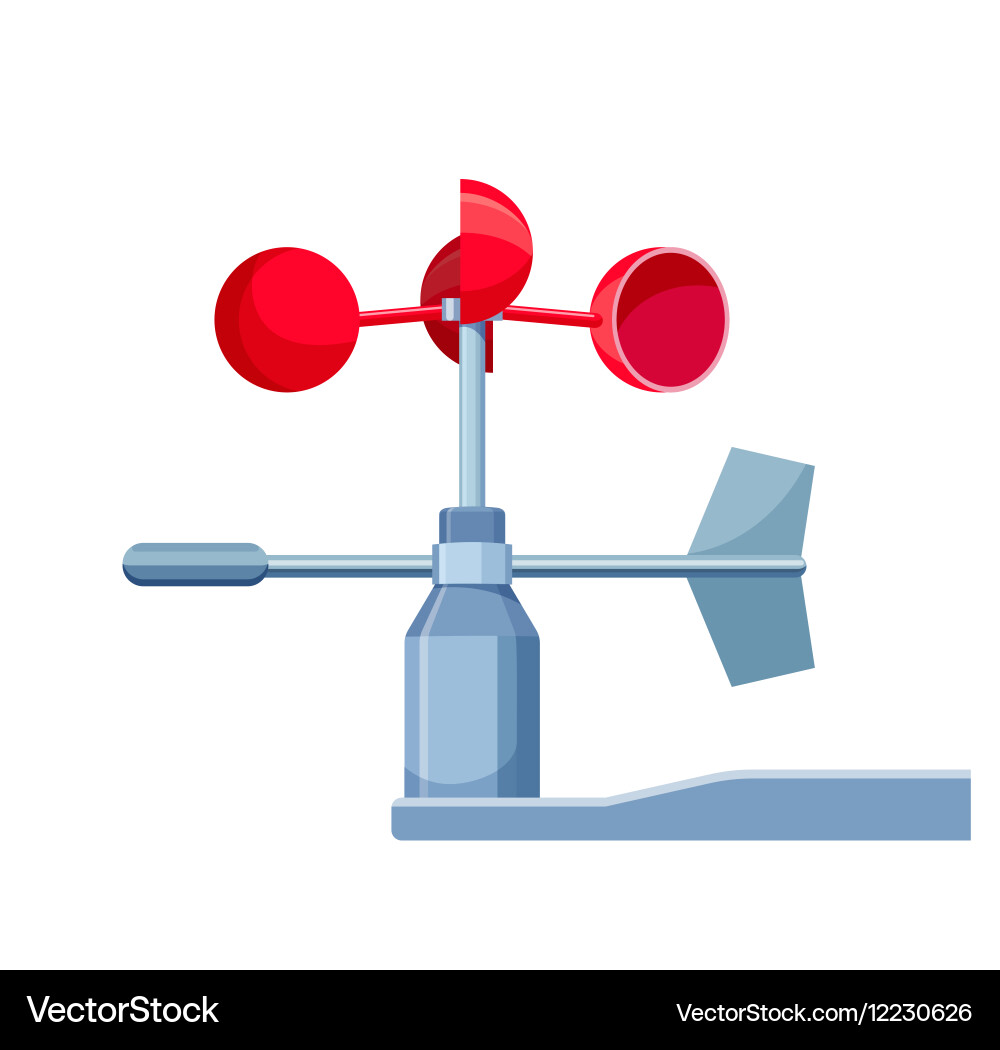All You Need to Find Out About Anemometers: Exactly How They Function, Why They Matter, and Where to Use Them
Anemometers, though usually neglected in the realm of scientific tools, play an important role in different fields, providing useful understandings right into wind rate and airflow patterns. As we delve right into the complexities of anemometer technology, we will certainly uncover the internal workings of these tools, their relevance, and the crucial considerations when choosing the appropriate anemometer for specific applications.

Anemometer Basics
A necessary instrument used to determine wind rate and instructions, the anemometer plays an essential duty in weather forecasting and different sectors. An anemometer normally includes 3 or 4 mugs that rotate in the wind, a vane that aims right into the wind, and sensing units to track the activities or turnings. By calculating the turnings or movements over a particular amount of time, the anemometer can identify wind speed. The vane assists figure out wind direction by directing right into the wind, providing valuable information for weather forecasting, aeronautics, maritime operations, environmental monitoring, and wind energy applications.
There are various sorts of anemometers readily available, consisting of mug anemometers, vane anemometers, hot-wire anemometers, and sonic anemometers, each with its unique functions and applications. Mug anemometers are frequently made use of for standard wind rate dimensions, while vane anemometers are preferred for directional measurements. Hot-wire anemometers appropriate for low airspeeds, and sonic anemometers are optimal for high-precision dimensions in research and commercial setups. Comprehending the essentials of anemometers is vital for exact wind data collection and analysis throughout different markets.
Concepts of Anemometer Procedure
Building on the fundamental understanding of anemometer basics, the principles of anemometer procedure elucidate the technicians behind wind speed and direction dimensions. Anemometers operate the concept of air flow impacting a sensing unit, causing it to revolve. Cup anemometers, as an example, have three or more cups that record the wind, triggering them to spin much faster as the wind speed boosts. The turning speed is then exchanged a wind rate measurement. Vane anemometers, on the various other hand, use a tail or a probe that aligns itself with the wind instructions, supplying a measurement of wind instructions based upon the positioning of important site the sensing unit. Hot-wire anemometers count on a warmed wire that cools down as wind overlooks it, with the rate of cooling down identifying the wind speed. Ultrasonic anemometers action wind speed and direction by examining the moment it takes for ultrasonic signals to travel in between transducers. Comprehending these principles is essential for reputable and precise wind measurements in various applications.
Significance of Anemometers
Anemometers play a crucial function in measuring wind speed and instructions, giving important data for weather forecasting, environment studies, ecological surveillance, and aeronautics operations. Meteorologists depend on anemometers to gather precise wind information, helping them understand climate patterns, predict tornados, and problem timely cautions to the public. Wind farm operators use anemometers to analyze wind problems and optimize electrical power manufacturing from wind generators.
Applications Across Different Industries
In the renewable power field, anemometers play a crucial role in examining wind problems for wind farm positionings, making certain optimum power production. Industries like building and mining use anemometers to keep an eye on wind rates, crucial for safety and security methods, especially when working at elevations home or in open-pit mines where solid winds can present risks. In agriculture, anemometers help farmers in handling plant spraying by offering real-time information on wind rate to avoid drift.

Picking the Right Anemometer for Your Requirements
For general purposes, a cup anemometer is suitable for determining wind speed, while a vane anemometer provides wind instructions data. Hot-wire anemometers are perfect for low airspeed dimensions, and ultrasonic anemometers offer high accuracy and longevity.

Final Thought
In verdict, anemometers play an essential function in determining wind speed and instructions throughout numerous sectors. It is essential to think about the significance of anemometers in order to make informed choices when picking the most ideal gadget for measuring wind problems.
There are numerous types of anemometers offered, including mug anemometers, vane anemometers, hot-wire anemometers, and sonic anemometers, each with its special functions and have a peek at these guys applications. Cup anemometers are generally used for basic wind speed dimensions, while vane anemometers are chosen for directional measurements. Hot-wire anemometers are appropriate for low airspeeds, and sonic anemometers are excellent for high-precision measurements in study and industrial settings.Structure on the foundational understanding of anemometer fundamentals, the concepts of anemometer operation illuminate the mechanics behind wind speed and direction measurements. For general purposes, a mug anemometer is ideal for measuring wind speed, while a vane anemometer provides wind instructions data.